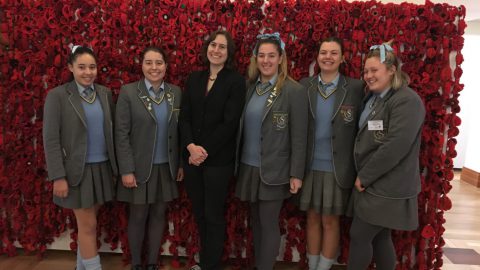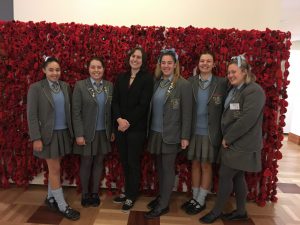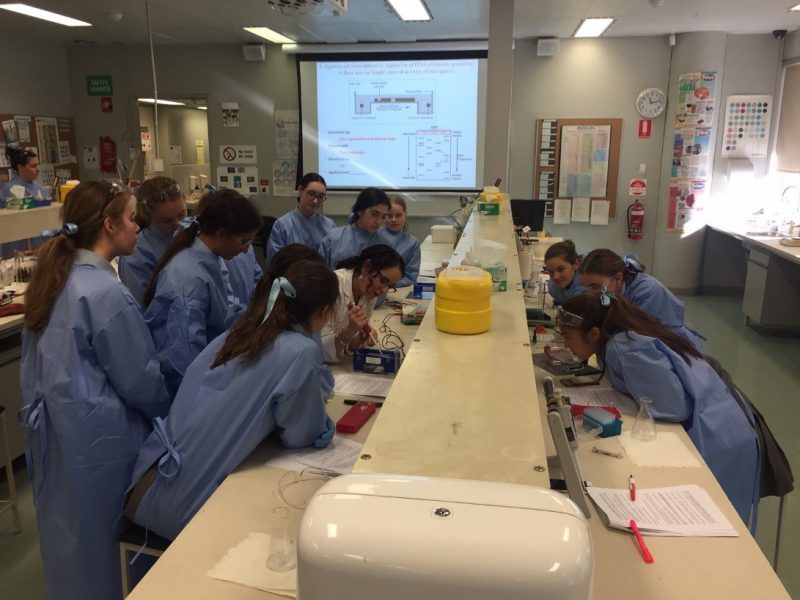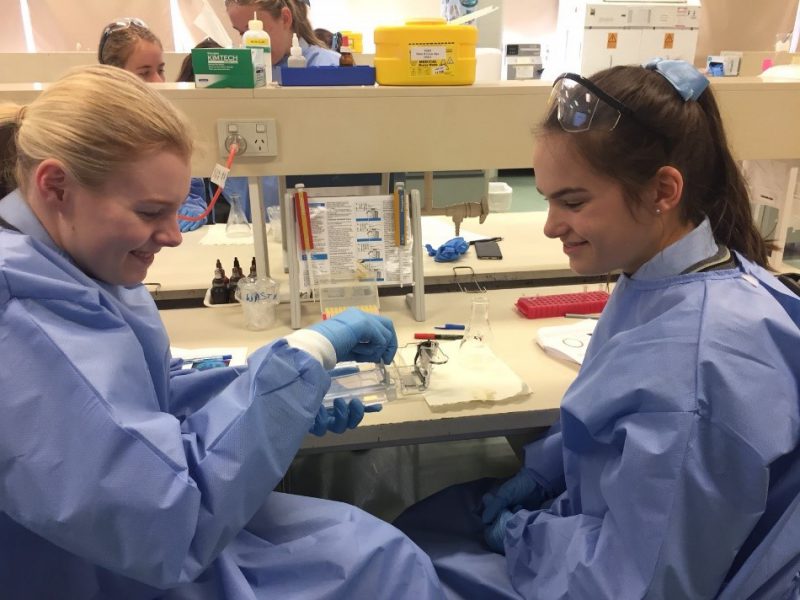Science News

Girls in Physics Breakfast
The Year 12 Physics students attended the ‘Girls in Physics Breakfast’ at Hawthorn Arts Centre on Friday 21 July with Ms Lee Brandt.
The students had the opportunity to hear Dr Katie Mack of the University of Melbourne. Dr Mack is the 2017 Australian Institute of Physics (AIP) Women in Physics Lecturer. These breakfasts are part of her speaking tour across Australia. Sponsoring these events are Swinburne University’s Centre for Astrophysics and Supercomputing, La Trobe University Physics Department, the AIP Vic Branch and the Vicphysics Teachers’ Network.
The topic presented was ‘Everything you wanted to know about Dark Matter but were afraid to ask‘. Dark matter: It surrounds us and penetrates us; it binds the galaxy together. But what it is it really? Are we sure it exists at all? Can it really be explained by tiny invisible particles? What we know about dark matter, how we’re searching for it, and how it differs from the other big cosmic mystery, dark energy.
Our students were seated at tables with students from other schools. At each table, there were one or two young women either in the early stages of a science or engineering career or still studying at university. Over breakfast, the students questioned them about their life and work.

Lauren Bonet (Year 12), Cluny Gilmour (Year 12), Dr Katie Mack, Julia Rossi (Year 12), Eliane Sadler (Year 12) and Sarah Fenton (Year 12)
Unit 4 Biology Excursion
Year 12 Biology students completed DNA manipulation experiments with Ms Sue Macgeorge, as part of the Unit 4 curriculum, at Swinburne University, Hawthorn Campus on 27 July.
The Unit 4 Biology students used equipment commonly used for DNA manipulation. All students were actively involved in amplifying DNA using the Polymerase Chain Reaction (PCR). This required the use of micropipettes to deliver tiny volumes for example 2.5 μL (2.5 thousandths of a millilitre), which the girls found amazing.
An extension to this activity involved gel electrophoresis. In this practical, the students made their gel, waited for it to set, loaded the DNA fragments that they had prepared in the PCR activity, and connected the power source to separate DNA fragments according to size.
Finally, the students were shown some genetically altered bacteria that glowed under UV light. These bacteria had a gene added from a species of jellyfish that fluoresce – proof that genes can be taken from one species and the gene product can be produced in another species as DNA and the genetic code is universal to all organisms.
-

learning how to load gel electrophoresis
-

Jessica Caine and Lucy Porter (well formation for gel electrophoresis)


